Sperm whale
Physeter macrocephalus
Common names
GR – Φυσητήρας
FR – cachalot
ES – cachalote
IT – capodoglio
DE – Pottwal
Description
The sperm whale is the largest of the toothed whales. The maximum total length recorded for Mediterranean female and male sperm whales is approximately 10.5 m and 17.3 m, respectively. The large, square shaped head represents about one-third of the total body length and contains the spermaceti organ; this organ is filled with a waxy liquid called spermaceti, which is involved in sound production and echolocation. The lower jaw is narrow and contains 20 to 26 pairs of conical teeth, which fit into sockets in the top jaw; there are no teeth in the top jaw. On top of the head, the s-shaped blowhole is positioned to the left and angled forward, which produces a distinct, bushy shaped blow. Sperm whales do not have a true dorsal fin but there is a small triangular hump, behind which a row of bumps extend along the back toward the tail. The tail fluke often has nicks and notches that can be used to identify individual animals. Skin is wrinkled and dark grey or brown in colour, with white patches on the belly. There may also be circular scars on the body caused by squid suckers. Life expectancy is estimated to be at least 70 years.
The Greek Seas constitute an important habitat for sperm whales. Sperm whales are present year-round along the Hellenic Trench (watch “The Sperm Whales of Greece – Life in the Trenches” 17 min. documentary) , most sightings being recorded from SW Kefallonia Island south to W Peloponnese, W and S Crete.
The most serious threat to Sperm whales in the Mediterranean is high-seas swordfish and tuna driftnets, which have caused a likely unsustainable mortality since the mid-1980s. In addition, disturbance from intense marine traffic and collissions with large vessels might pose also a significant threat.
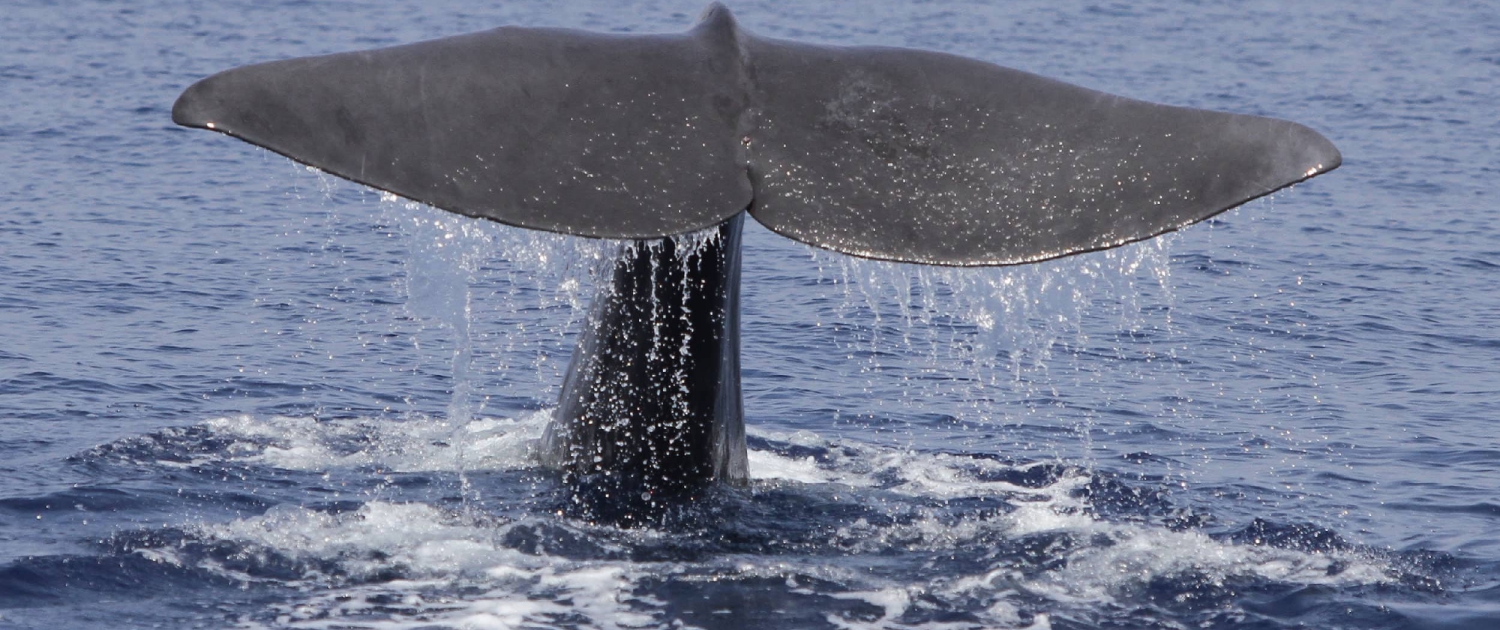
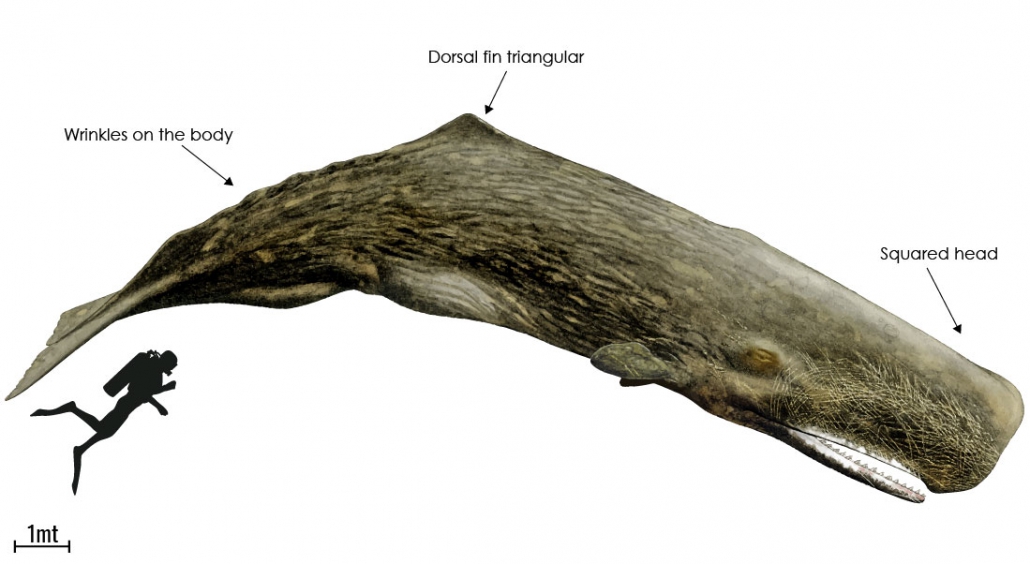
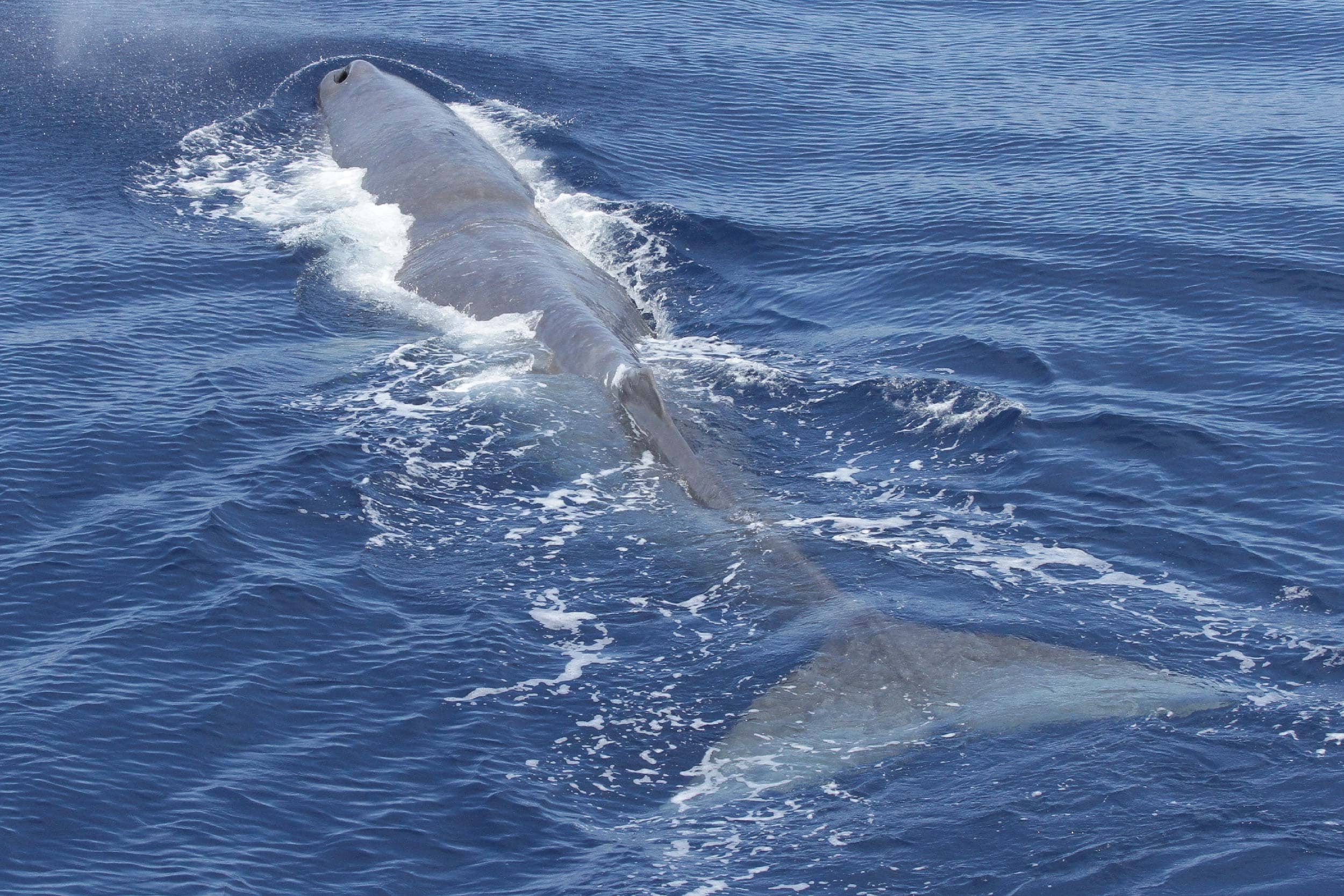
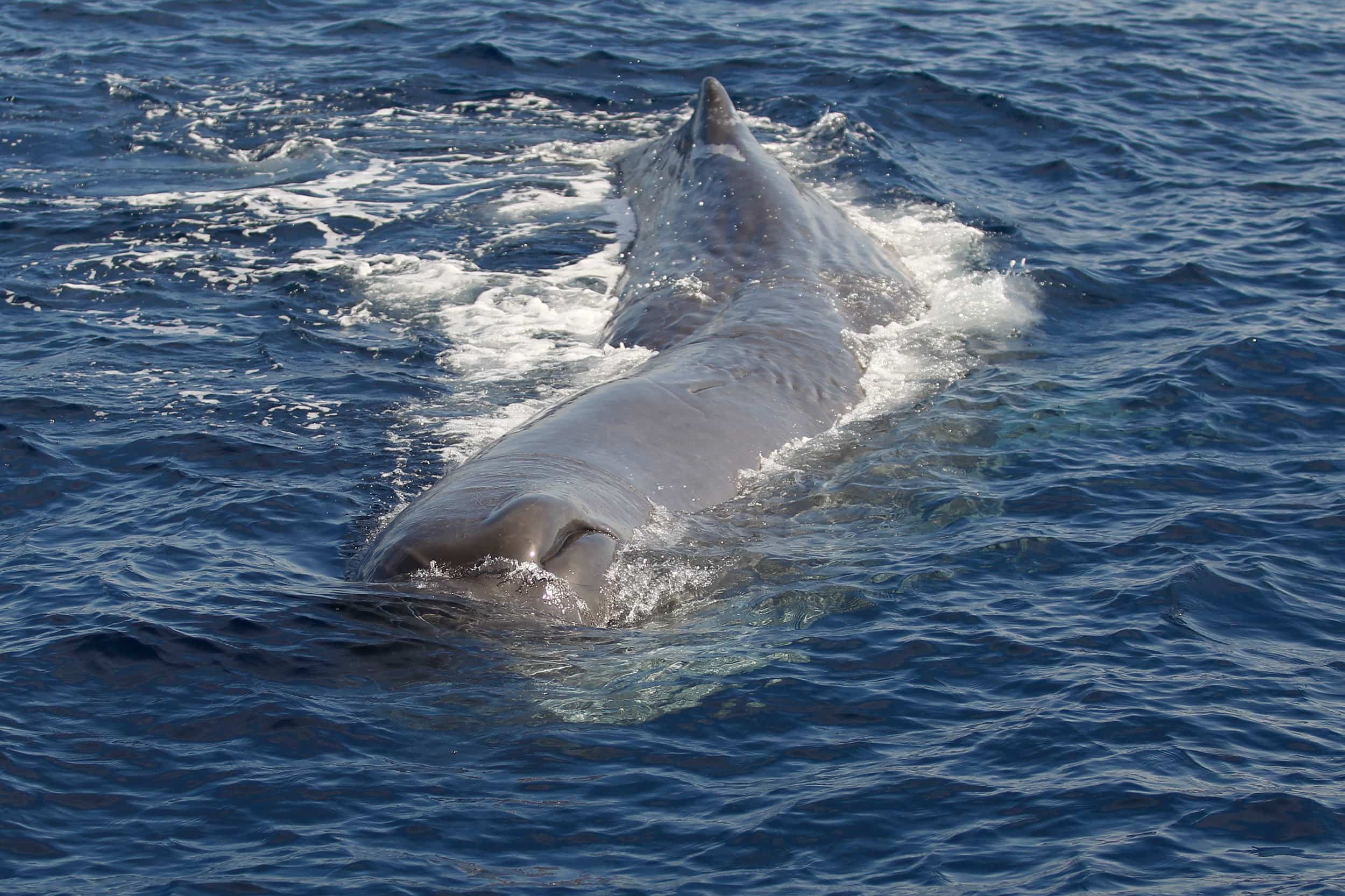
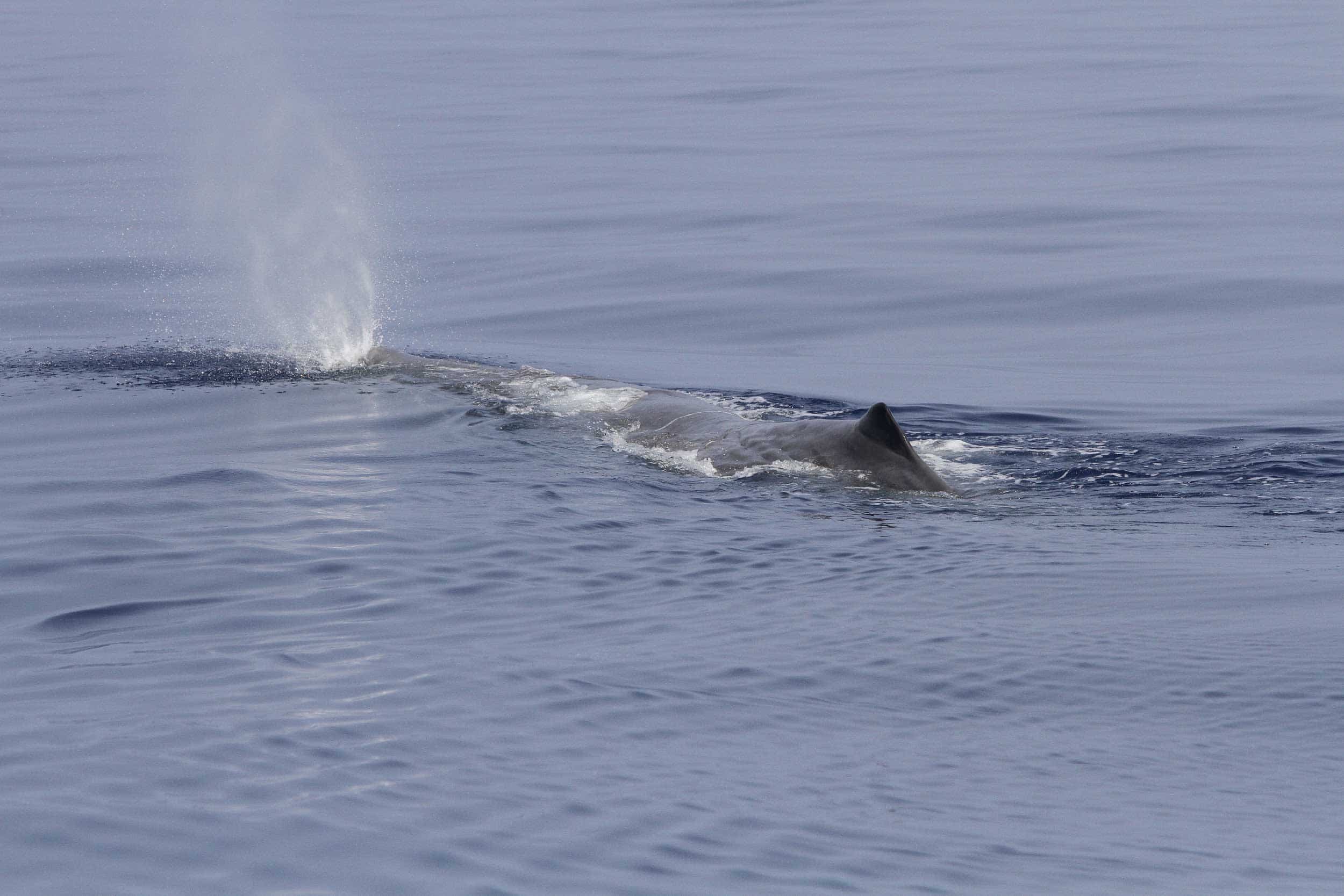
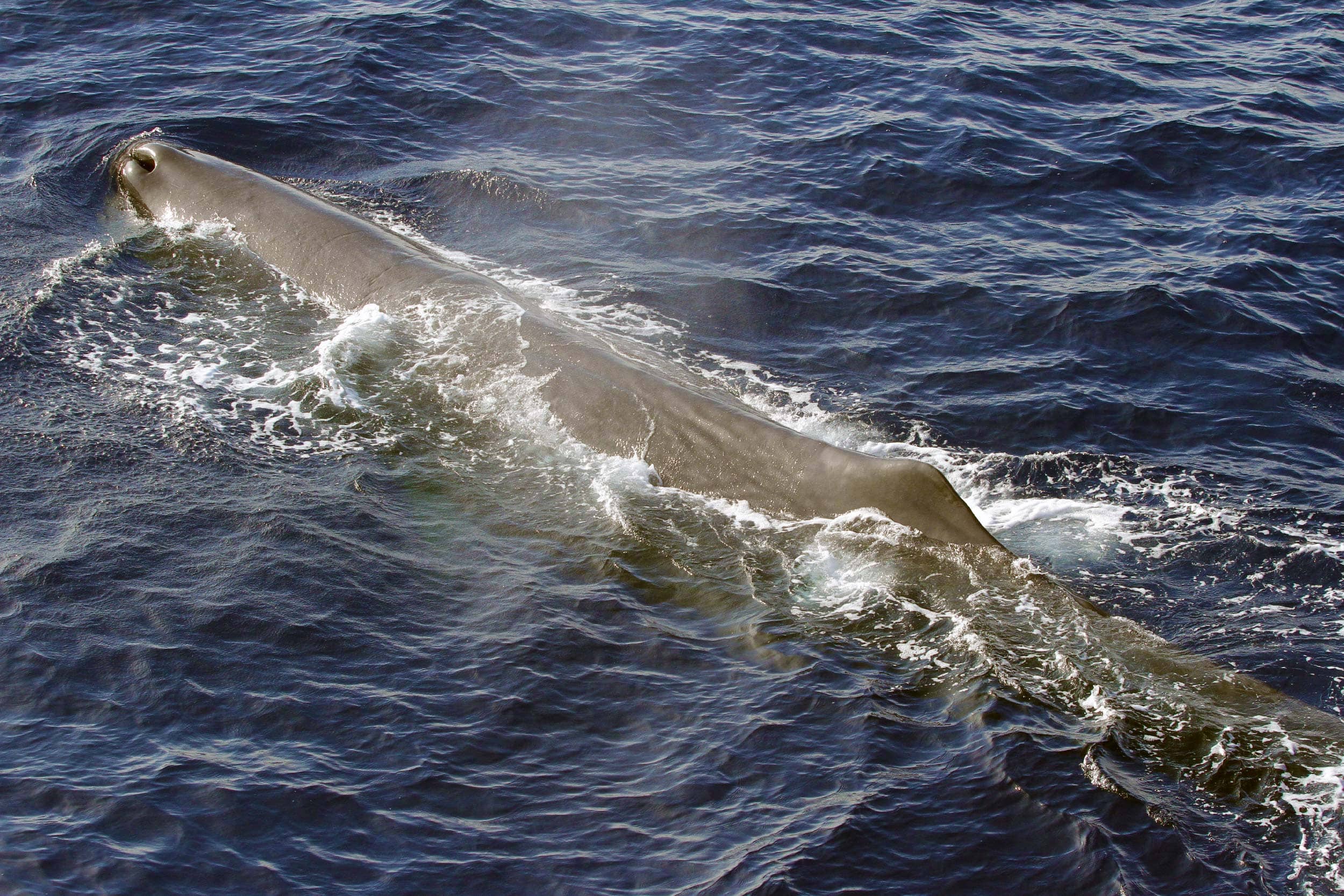
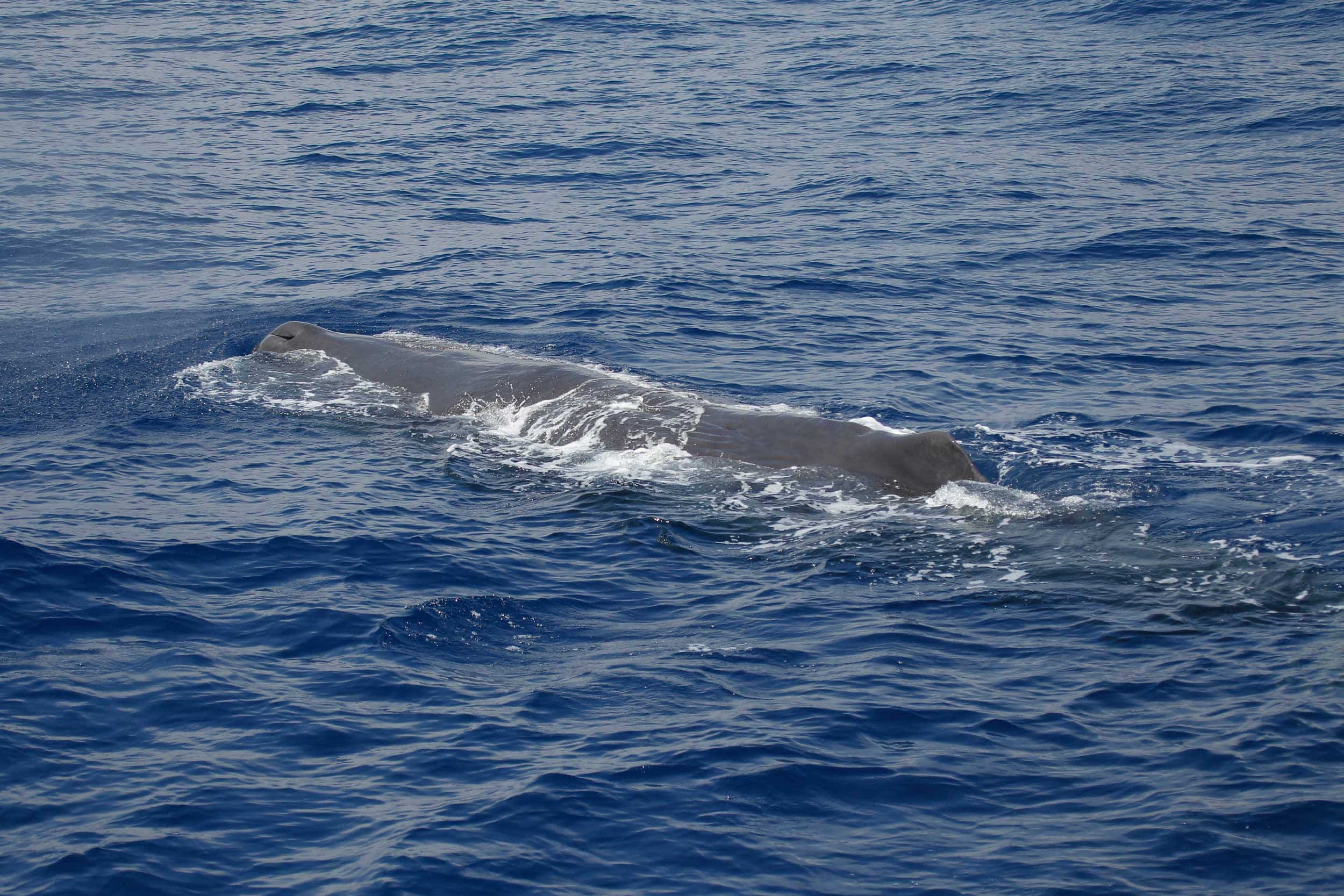

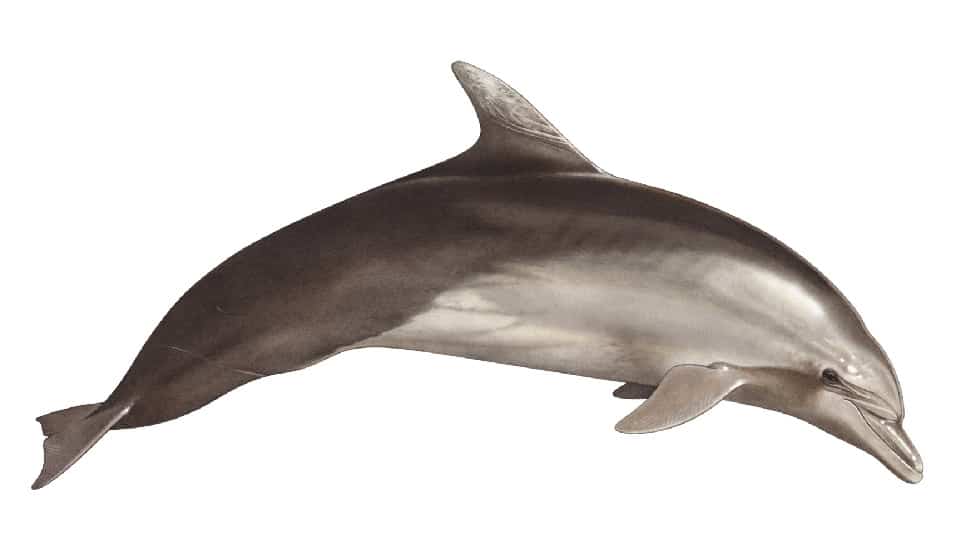 Bottlenose dolphin
Bottlenose dolphin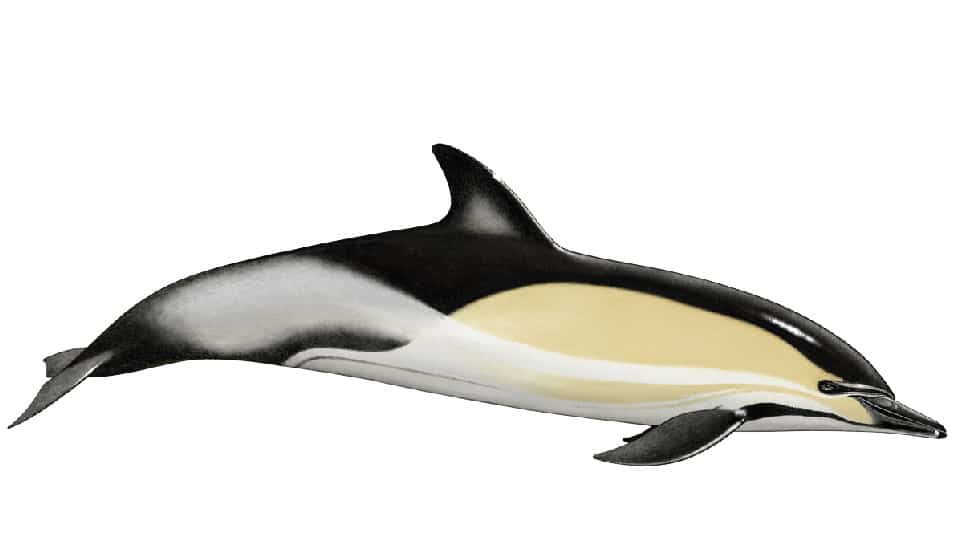 Common dolphin
Common dolphin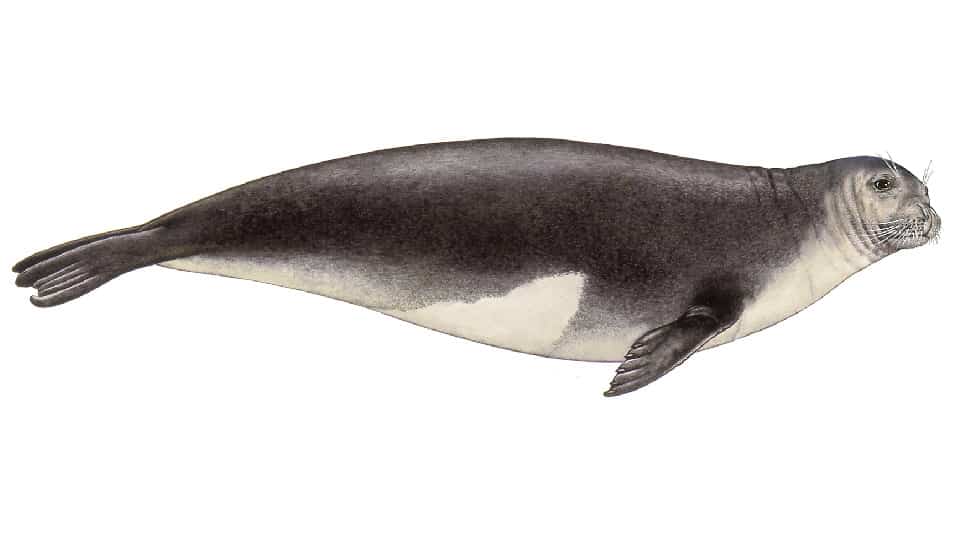 Mediterranean Monk seal
Mediterranean Monk seal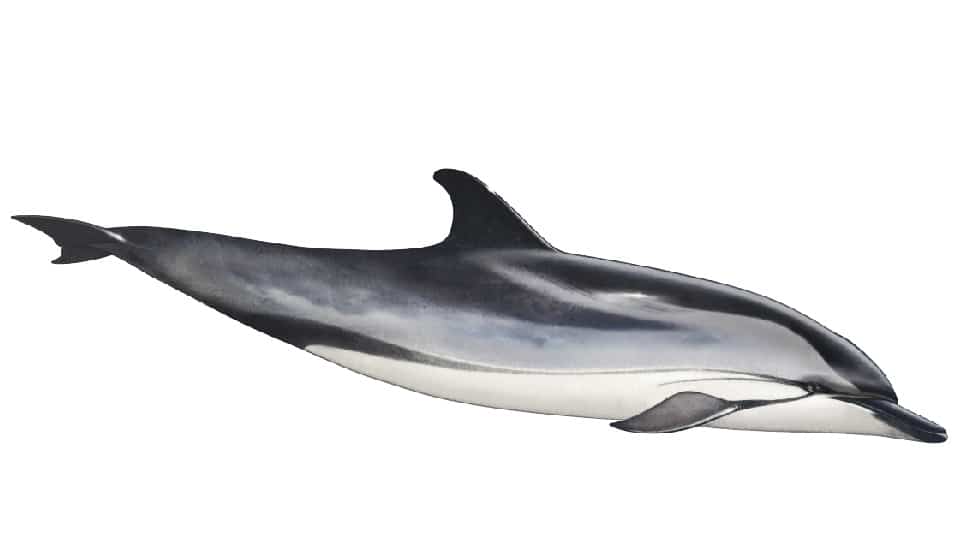 Striped dolphin
Striped dolphin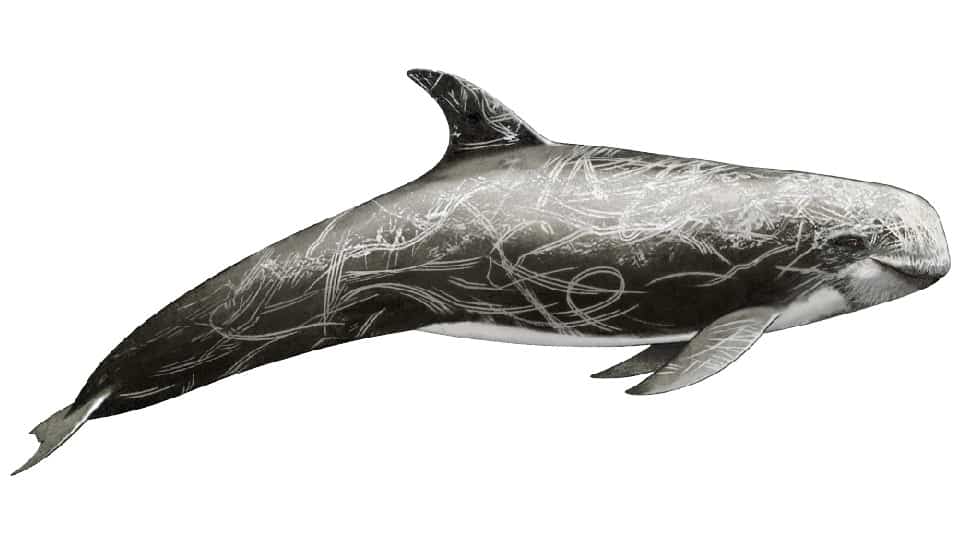 Risso’s dolphin
Risso’s dolphin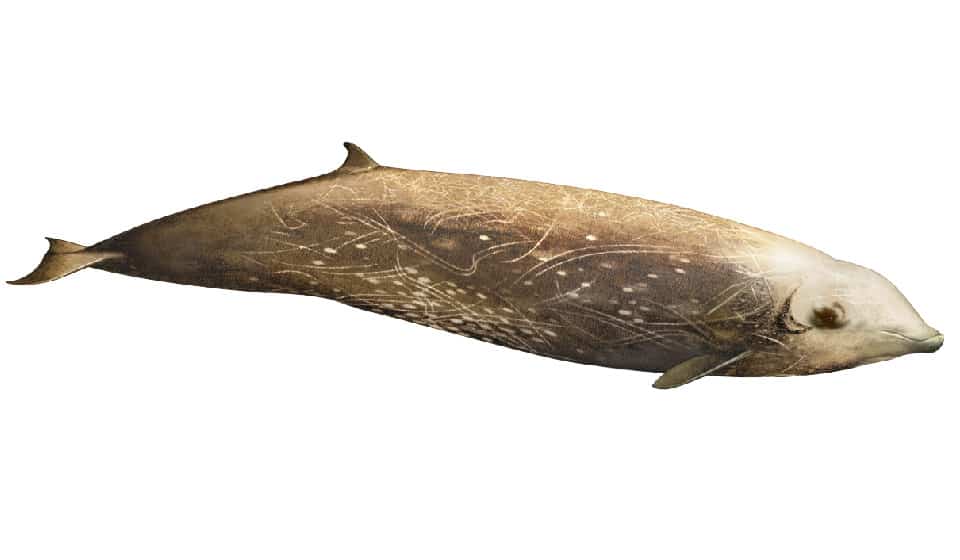 Cuvier’s beaked whale
Cuvier’s beaked whale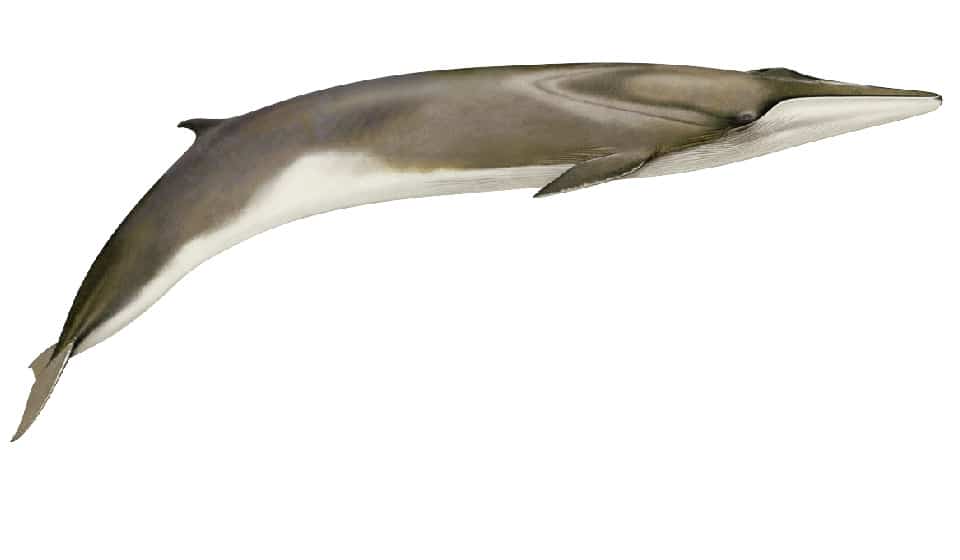 Fin whale
Fin whale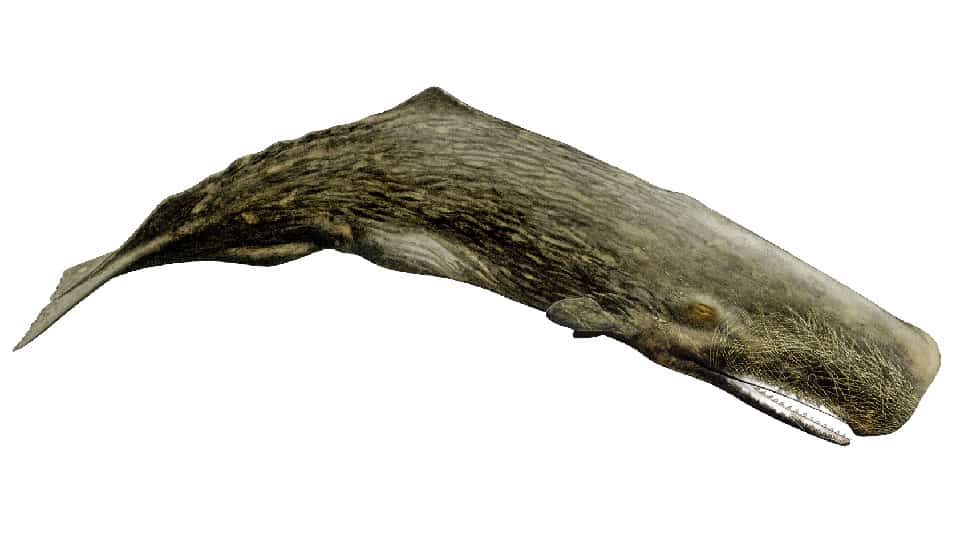 Sperm whale
Sperm whale






